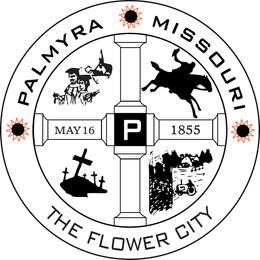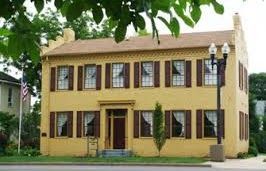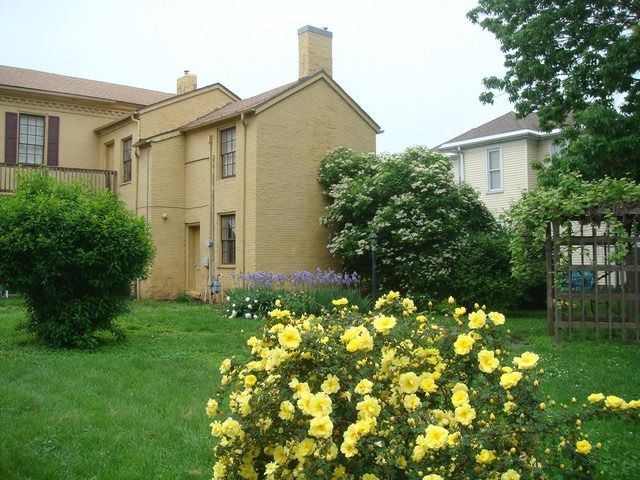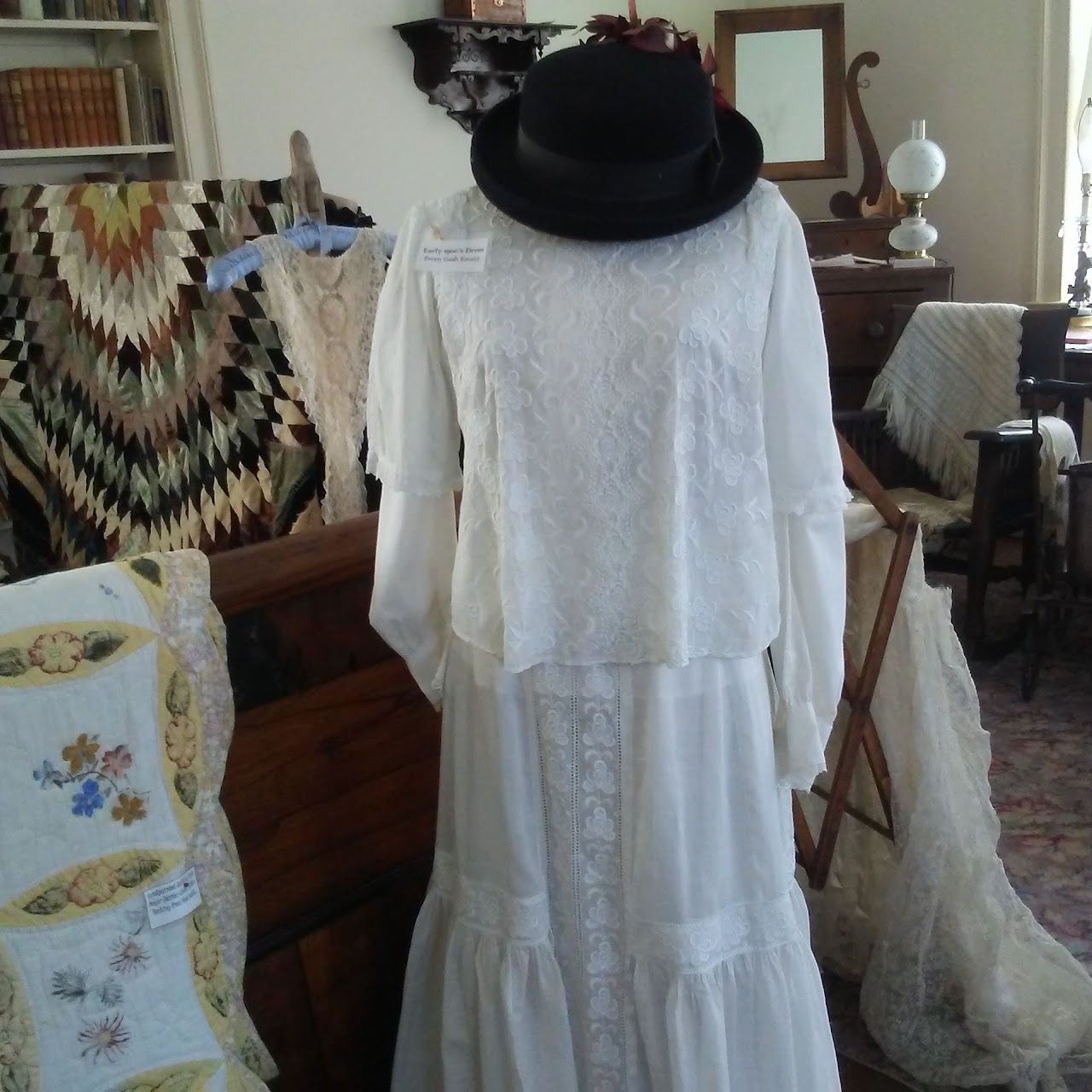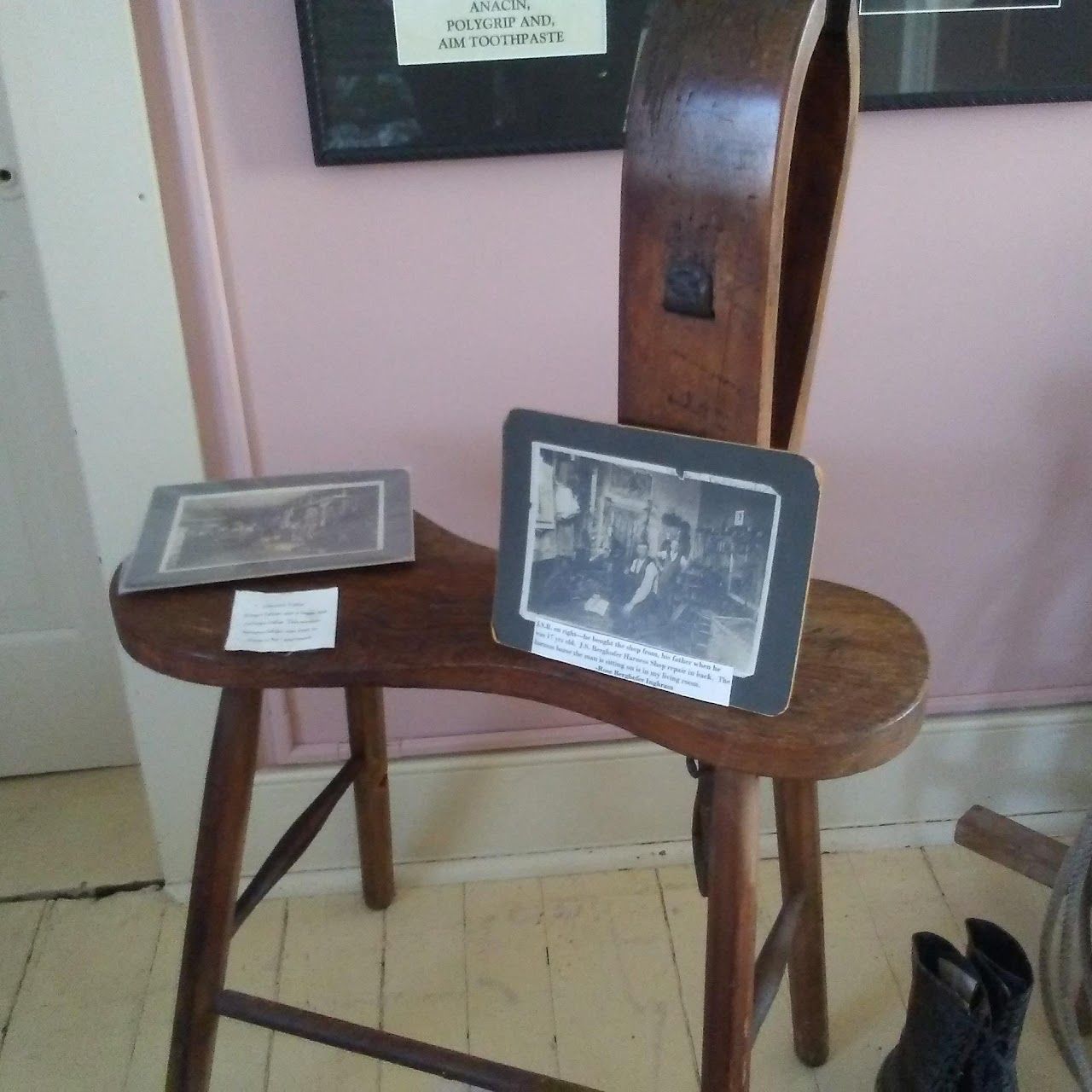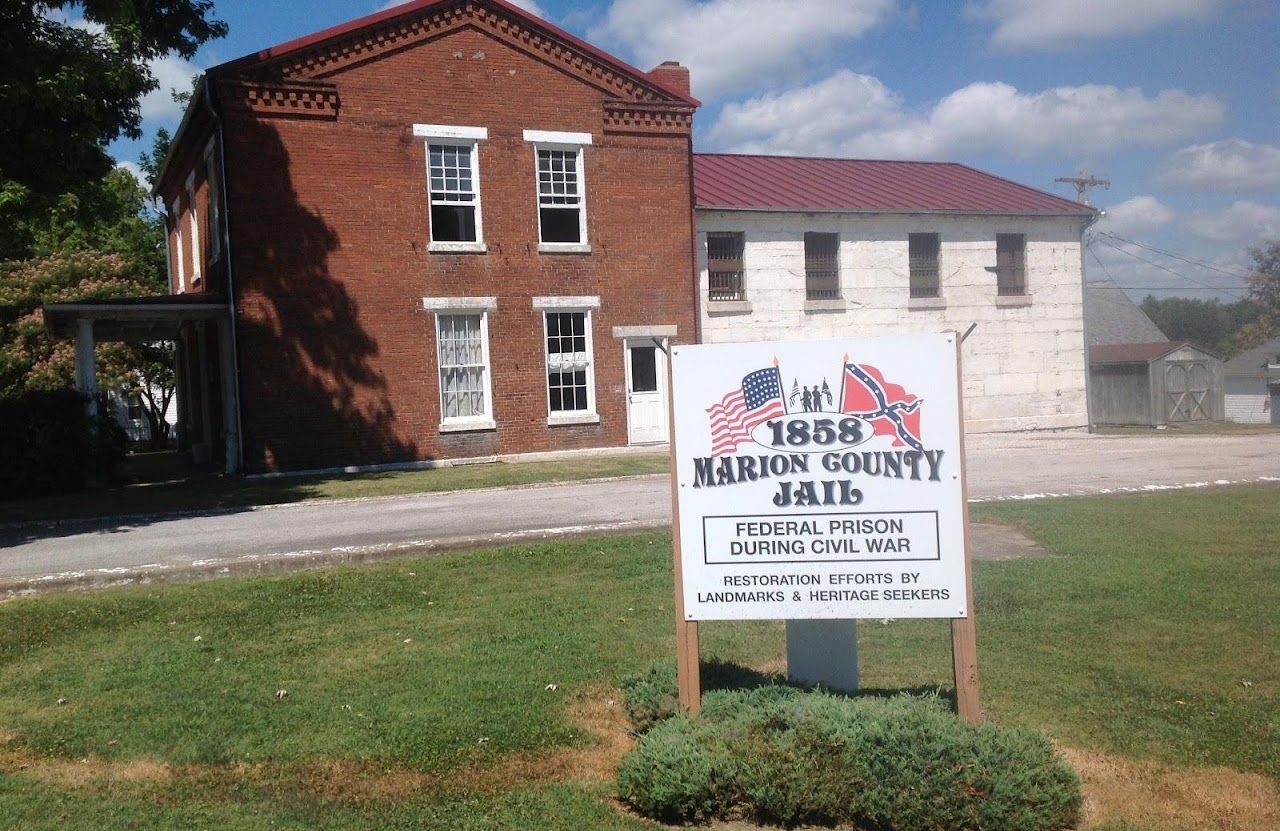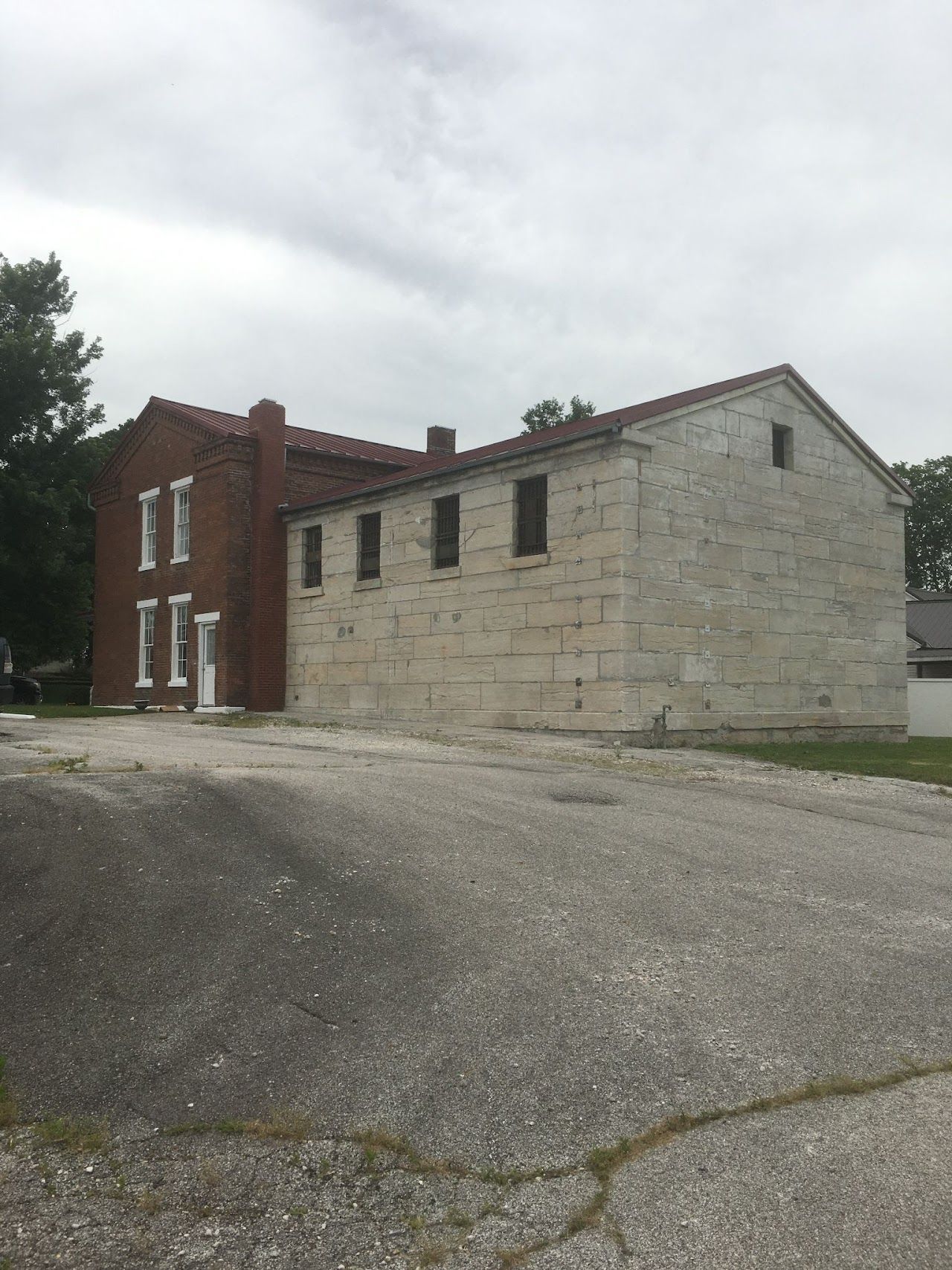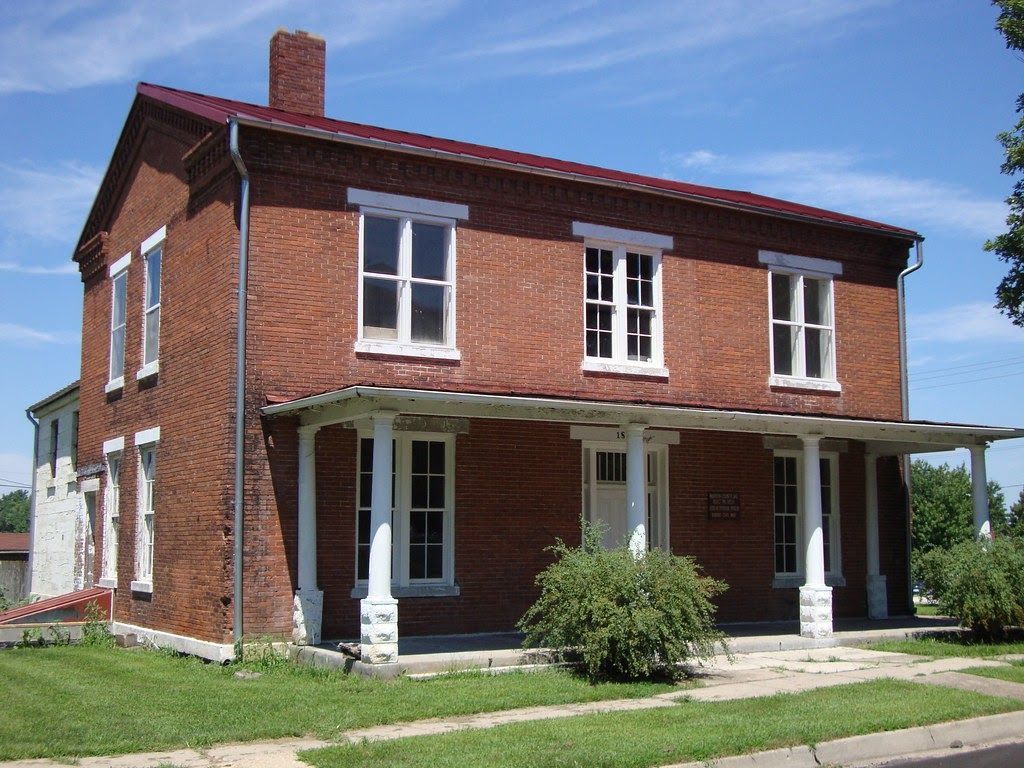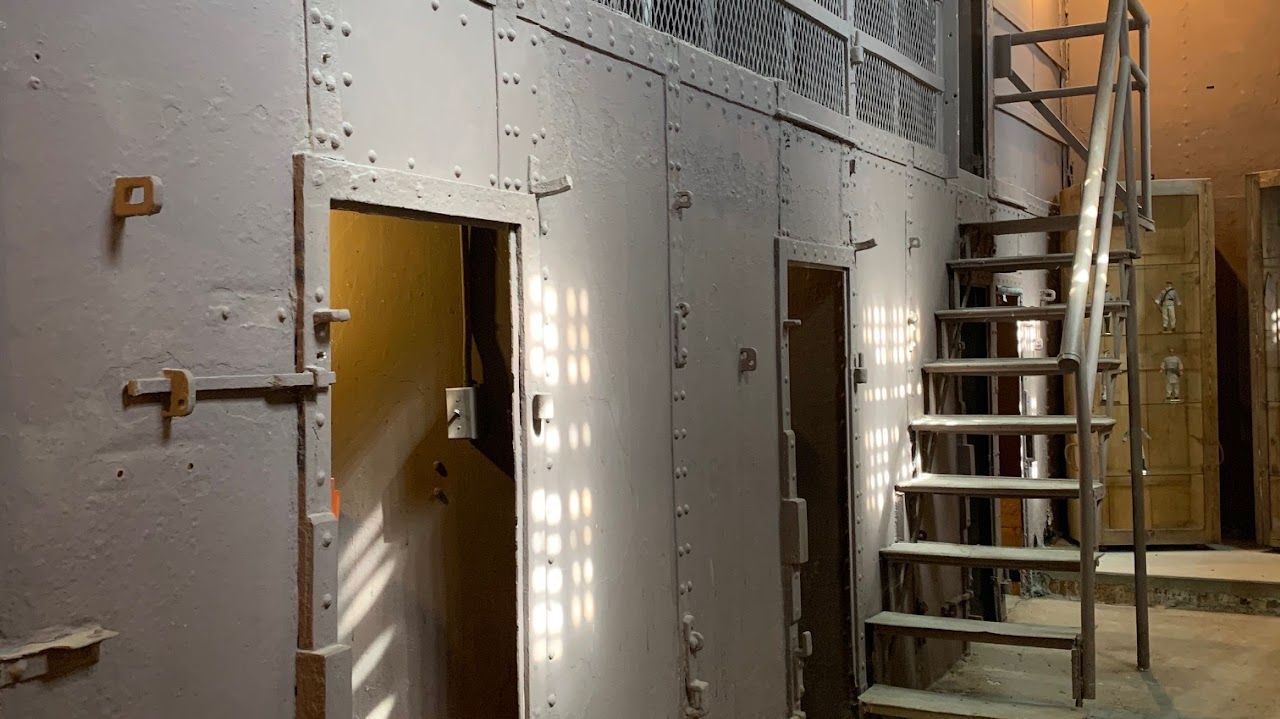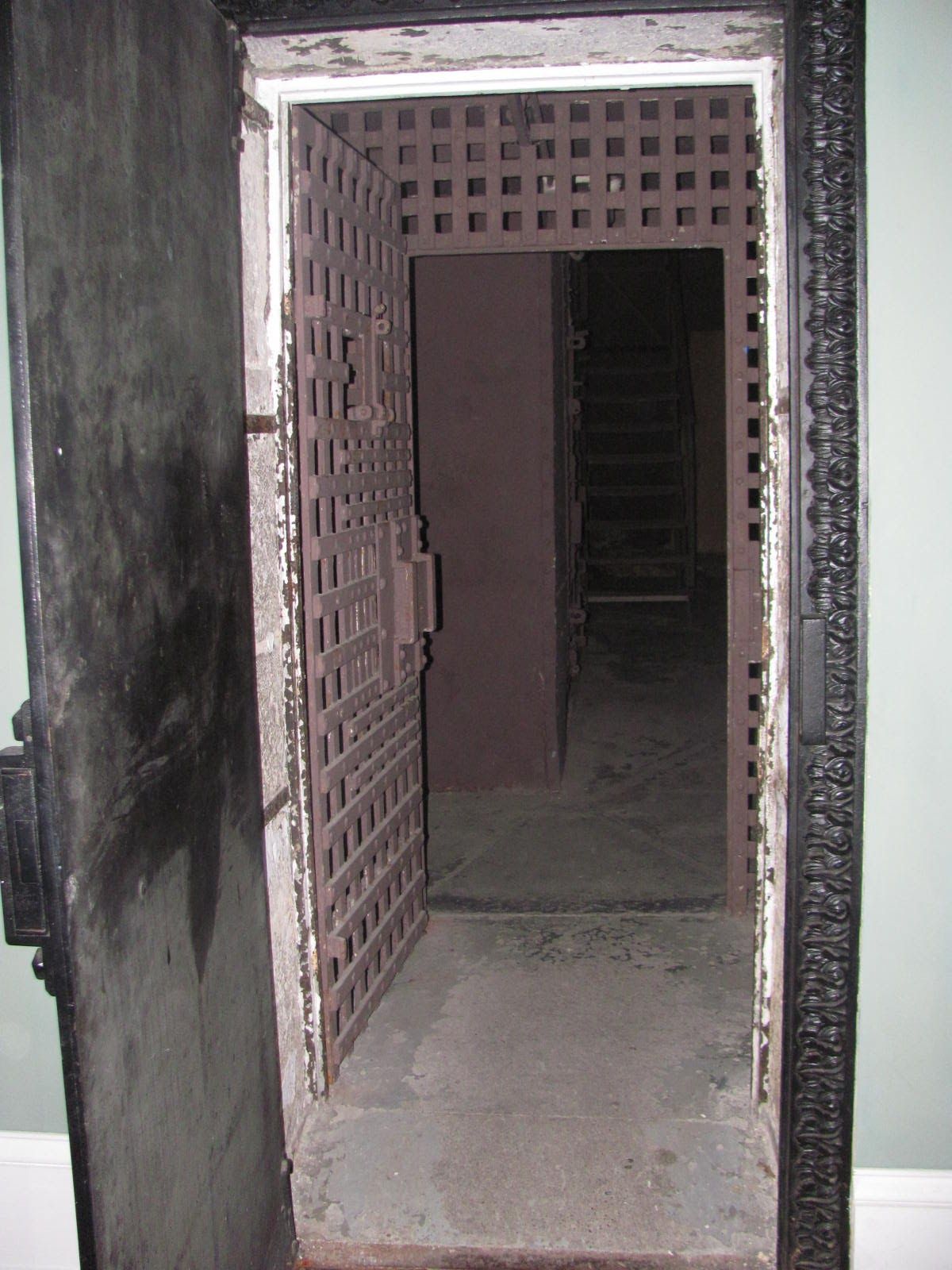A LITTLE MORE ABOUT PALMYRA, MO
HISTORY OF PALMYRA, MO
Palmyra, seven miles west of the Mississippi River, sits on a natural rock foundation where early settlers found an endless water supply from a clear, sweet spring. In 1818, Benjamin Vanlandingham and his family arrived from Kentucky and built a log cabin, a replica of which can be seen today, near the Big Spring. After statehood was granted, Palmyra became the seat of newly formed Marion County. Moses and David Bates donated 50 acres, including the Big Spring and the block where the Court House stands.
The first land office in northeast Missouri was established here as the frontier pushed westward. With the help of the city and Marion County, local organizations maintain the Gardner House, a former stop on the St. Louis-St. Paul stagecoach route, and the Marion County Jail, built in 1858. Gardner House, with its beautiful colonial garden, is now a museum and visitors center. A taped narrative for a walking tour of the business and historic district is available upon request at the Gardner House.
The jail, used as a federal prison during the Civil War, held ten prisoners who became victims of a notorious reprisal, the “Palmyra Massacre” of 1862. The jail is currently being restored as a museum.
Many local houses and buildings, including those described here, are on the National Register of Historic Places.
The homes of William Russell, co-founder of the Pony Express, Broadway actress Rose Inghram and film actress Jane Darwell, academy award winner for The Grapes of Wrath are private residences today, as is St. Paul’s College, one of several local colleges in the 1800’s.
Just off Main Street is the building that served as the headquarters for the provost marshal during the Civil War. At the turn of the century, the Hanley Opera House hosted “entertainments,” as well as politicians and orators, including William Jennings Bryan.
The old city jail, the “Calaboose,” today houses apartments.
The Palmyra Spectator, started in 1839, is the oldest continuously operating weekly newspaper in Missouri.

EDUCATION
Palmyra’s school district serves a 200-square-mile area with 6,700 people; there are 1,150 students and 170 teachers and staff. There are strong early childhood programs, a private parochial school and several day-care facilities. Nearby Hannibal, Canton, Moberly and Quincy are home to Hannibal-LaGrange College, Culver-Stockton College, Moberly Area Community College, Quincy University, and John Wood Community College.
HOUSING
Palmyra’s high percentage of owner-occupied housing includes well-maintained 19th century houses as well as new subdivisions. The large number of antebellum homes and buildings in Palmyra are a source of community pride – “the abodes of competence and refinement and culture,” according to the History of Marion County, 1884. Other housing includes rental apartments, senior housing, and a county-owned nursing home.
BUSINESS AND INDUSTRY
The industrial base includes manufacturing, electric services, retail operations, restaurants and services. Two industrial parks have access to US 61. Hundreds of area workers are employed by nearby BASF (agricultural chemicals), and Perry Machine and Die (dies/die casting), Northeast Missouri Power Cooperative, and Maple Lawn, a county-owned nursing home. Palmyra sits on some of the most productive agricultural land on earth, ideal for corn, soybean, wheat and alfalfa.
TRANSPORTATION
On US 61-24, a divided highway, Palmyra is six miles from I-72 (US 36). St. Louis, MO and Springfield, IL are about two hours away by car. Daily Amtrack trains link Quincy to downtown Chicago. Commuter air service connects Quincy to St. Louis and Chicago.
TOURISM
Visitors of Palmyra can stay at a pleasant motel or in one of many motels or B & B’s in Hannibal, 12 minutes away. Two fast-food restaurants facing US 61 serve Palmyra, as do several small cafes downtown. In their spare time, visitors might bowl, play golf, swim in one of two pools, shop at a large antique mall on US 61 or in shops in town, or enjoy the recreational facilities of the city park. Anglers can choose from several area rivers or nearby Wakonda Lake (20 miles north) or Mark Twain Lake (20 miles west). And of course, there’s always the rich Mark Twain history in Hannibal to tempt the tourist. Visitors can obtain additional tourist information from the Gardner House (after hours, call 769-3076); Chamber of Commerce (573-769-0777); Marion County Library Sub District #1, 216 S. Main; City Hall, 301 S. Main; or visit our website, www.palmyramo.gov or e-mail us.
CITY GOVERNMENT
The
City Council – a mayor and six aldermen meet the 1st and 3rd Thursdays of each month. Boards appointed by the City Council manage local services, utilities, public facilities and parks, and industrial development. Palmyra operates its own electrical and water production systems.
